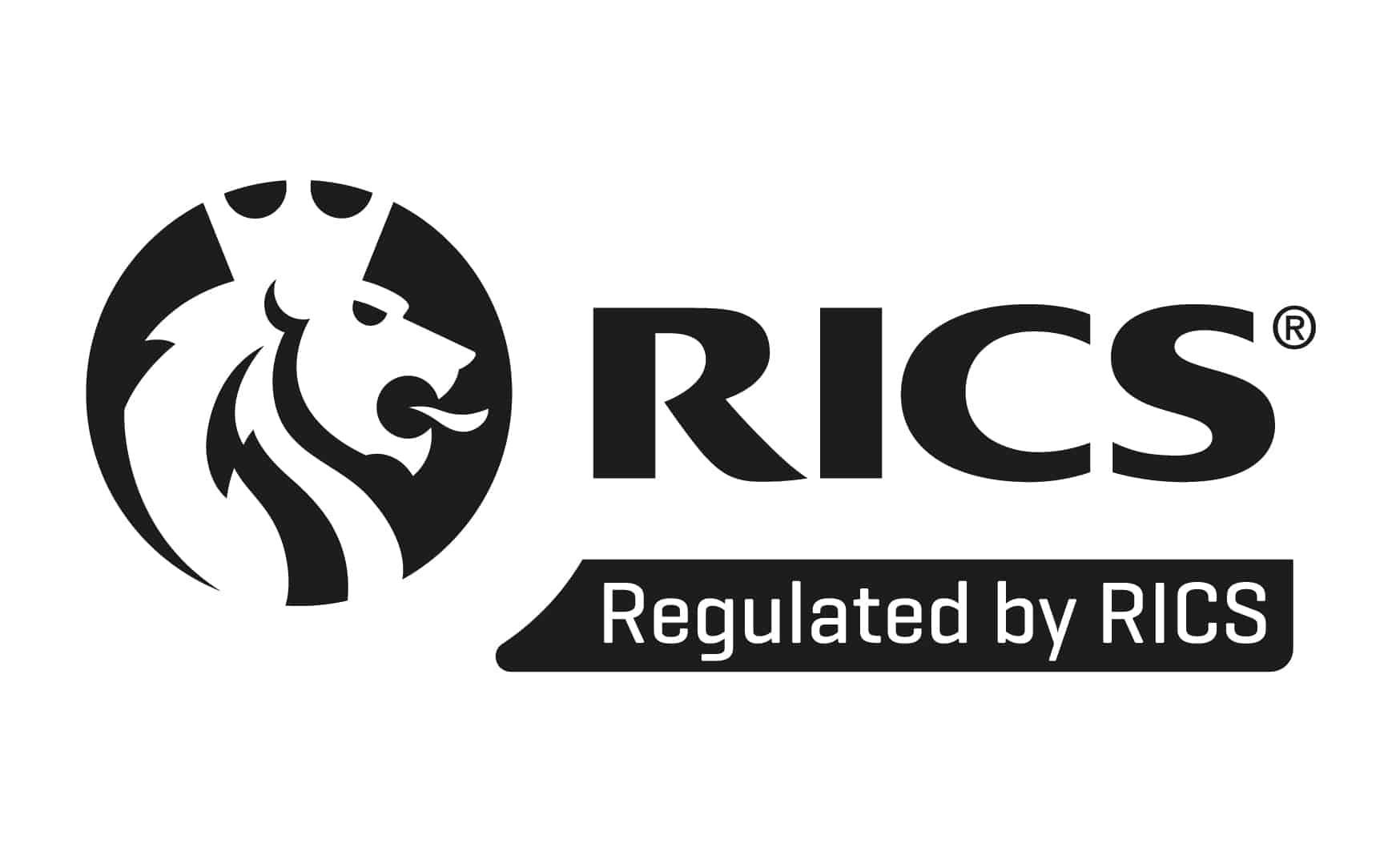Buying a house is one of the biggest (and most challenging) commitments you will ever make, especially financially.
But it’s not finding that dream property – or raising the deposit for it – that buyers cite as their biggest obstacle.
While a fifth of first-time buyers say saving is a challenge, more than a quarter say the mortgage application is enough to put them off.
“Getting a mortgage is one of the biggest financial commitments many consumers will make in their lifetime and our research shows it can be overwhelming,” explained Amir Goshtai, at Experian.
This is what’s causing people the most trouble and how to make it easier.
Hidden costs
Part of the confusion over the application process stems from the additional costs that buyers have to pay, according to Experian, who conducted the report.
It said nearly a third of buyers underestimated the costs of moving – which currently sits at £12,000 on average – after they secured their minimum 10% deposit.
A total of 28% said they were in the dark about how much they would have to pay in legal fees, followed by survey costs (24%), estate agents (19%) and Stamp Duty (15%).
Young homeowners – those aged between 25-34 – are most likely to be shocked by these costs, with 44% admitting they were taken by surprise, compared to a third of 35-44 year olds, 29% of 45-54 year olds and 22% of those aged 55 and older.
Experian also found that buyers are potentially missing out on the best mortgage deals by failing to check their credit report before they apply – a poor score could not only cost you more, but put your entire application at risk.
How to make your mortgage that much simpler
Applying for a mortgage is a hard task. The best deals require a lot of forward planning, paperwork, time and of course money – which could be a wasted effort if you end up with a big red ‘no’.
However there are ways to simplify the process and make your experience that much easier (and more successful).
For a start, get planning as early as possible. Get your bank statements in order, and watch your spending.
During the applications process, the lender will go through your transactions with a microscope – pulling out details such as how much you spend on a Friday night and even the cost of your hair cuts.
They’ve even been known to use transaction references against people – the note you can append to a payment when you transfer money to someone else’s account.
Here’s some planning advice to make your experience a better one.
1. Check your credit score
A poor or non-existent credit rating can be a real deal breaker – as the lender will use this to assess how much they can trust you with.
Make sure you’re making all payments for bills and debts on time (and if you can, overpay where possible). These traits will paint you as a safe, reliable bet.
Remember though, even people who have never been in debt can be rejected
Lenders want cold hard evidence that you’re good with money, so if you’ve never borrowed before they could still reject you on the grounds that they haven’t got proof.
Planning ahead will allow you ample time to prove you’re a safe borrower. If you have a poor score, here are the best credit cards for people with bad credit.
If you have no score at all, give yourself six months to build one up before you start searching.
5 tips to get your credit score for mortgage-ready:
- Try not to make any credit applications in the six months before your mortgage application
- Make sure you don’t have any defaulted credit cards
- Register to vote at your current address as it proves your identity and address
- Never miss a credit payment and always make them on time
-
Stay within your credit limits and keep balances to less than 50% of your limit
2. Request all paperwork
Next up, get all of your paperwork together.
Both your lender and conveyancer will want at least three months’ worth of statements to account for your savings, earnings and deposit.
Ordering this early from the bank (or printing it off early and getting it stamped) could save you heaps of time.
Likewise, if you’re receiving gifted money from friends or family, they’ll also need bank statements to show how they accumulated it – this could go back years.
The sooner you request these, the better as just one error or delay could stall your entire application – or put you back to square one.
6 documents your lender will ask for:
- Details of your solicitors, estate agents and the seller
- A P60 form from your most recent employer
- Your last three to six months of pay slips from work OR If you’re self-employed, two to three years’ accounting from a professional accountant plus tax form SA302
- Current passport or driving licence (in order to prove your identity)
- Current account bank statements going back between three and six months
- An up-to-date bill (such as council tax or energy) for proof of address
3. Find an estimate of how much you can borrow
When asked what would make the process easier, 37% of people surveyed said that knowing exactly what mortgage deals they would be eligible for before applying would make a difference.
So it goes without saying that making use of the right tools for your application is a good idea.
Most banks and building societies now have mortgage checker tools on their websites to give you an estimate of how much you can borrow. All you need is your salary and deposit amount to hand to find out the average based on your affordability.
The government-backed Money Advice Service offers a mortgage calculator that allows wannabe borrowers to check how much they can afford to borrow and how much their monthly repayments will be.
You can also use an online mortgage broker such as Trussle or Habito to get a wider view about the size of the mortgage you could get and what you can afford once costs and savings are included.
Experian has also recently launched its own eligibility tool that tells you what mortgages you are likely to be accepted for (across seven providers: Barclays, West Brom, Aldermore, Family building society, Leeds building society, Co-op and Coventry building society), and how much you could borrow, based on each lenders’ criteria.
You may also want to use an independent broker. These experts can give you specific guidance based on your circumstances across the entire market – not just the banks you’re familiar with.
Many charge a fee for this service, but some will offer fee-free advice. Unbiased has a handy tool that can help you find the best brokers in your area.
We’ve got a guide on the dos and don’ts of finding a mortgage broker, here.
4. Get yourself a mortgage in principle
Once you’ve done the eligibility checks and know how much you can borrow, apply for your ‘Mortgage in Principle’.
This takes around 24 hours and shows estate agents – and the people whose house you’re interested in – that you’re serious about buying.
It’s a certificate or statement from a lender to say that ‘in principle’ they would lend a certain amount to you – and gives you six months (or more if extended) to put an offer in on a property.



